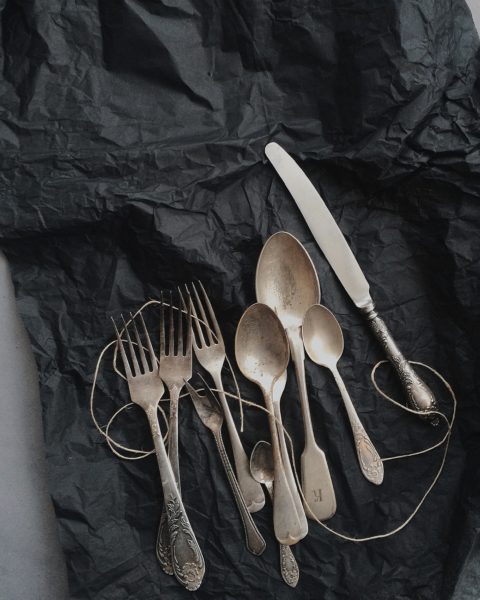Posts Tagged: sturdy


Collection Care Series: Fragile but Strong
This week we’re going to take a slightly different approach. There’s no new enemy this week. Instead, I’d like to talk about materials that appear to be resistant and strong, and go over their vulnerabilities. We’ve been focusing primarily on organic materials in this series, because those are the ones that are most at risk from environmental conditions.
What I’m going to talk about today are the inorganic materials. Inorganic materials, like glass, ceramic, metal, and stone, aren’t really all that picky about their storage conditions. These are the guys you can get away with storing in places like attics and garages. They won’t mind.
What you want to watch out for with inorganic materials in general is physical damage. They’re strong, but typically brittle. You don’t want to drop them, bump them, play frisbee with them—you get the idea. As far as storage, you want boxes or containers that protect from impact. You want sturdy boxes—preferably plastic, but you can get away with sturdy cardboard ones in most cases, and plenty of padding.
There are a few material-specific concerns you should be aware of, however, and I’ll comment on them below.

Glass: Glass is pretty inert. However, glass containers with tight-fitting lids, such as decanters, can be damaged by moisture trapped inside the container. This appears as a haze or cloudy look to the interior glass surface. Make sure glass containers are absolutely dry before storage or leave the lid or stopper off.

Ceramic: Ceramics with decorative designs or gilding can be easily damaged. Avoid scrubbing or scouring decorative glazes and gilt edges. Also, many decorative ceramic glazes and gilding contain metals are not microwave safe! You’ll also want to wash these items by hand.

Metal: Moisture and high humidity can cause corrosion, rusting, and discoloration of vulnerable metal items. Store them in a dry area. Avoid direct contact with acidic storage materials, like newspaper or cardboard, or storing metal items in sealed containers such as plastic storage boxes or sealed plastic bags with acidic materials to prevent tarnish. Minimize polishing of metals such as silver—polishing removes a very thin layer of the metal each time it is done. Store these items with a tarnish-inhibitor made for silverware or jewelry if possible.
Are there any materials that I didn’t discuss that you have questions about? Let me know in the comments!
Missed the previous posts? Start at the beginning of the collection care series here.
Want to stay up to date and see more of what I’m working on? Sign up for my mailing list here and get a FREE collection care resource guide. (I promise not to be spammy with my emails—I hate that too!)